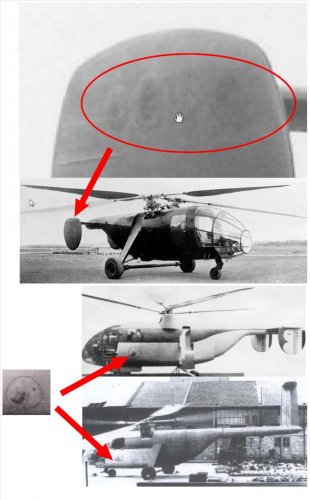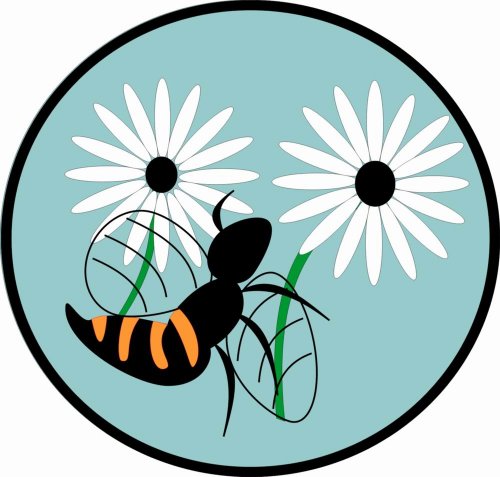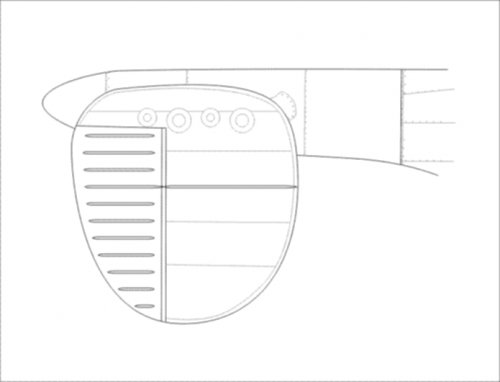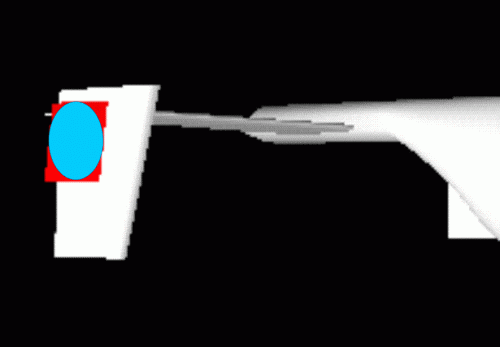- Joined
- 11 March 2006
- Messages
- 8,625
- Reaction score
- 3,806
Had a look at some photos of the NC.2001/2002 and noticed, that on the fin
of the first prototype, there's something visible, that could be part of the
structure, maybe the attachement of the fin to the horizontal flying surface,
but could as well be just painted or written on. What does it seem to be to
you ?
And then, the mock-up shown on the aerosalon, as well as the prototype of the
NC.2002 carried a sign on the forward fuselage. I see a bee flying near to two
daisies in it ("Abeille" means bee). Perhaps it was a kind of cartoon character,
popular in France in the late '40s ? Any other suggestions ?
of the first prototype, there's something visible, that could be part of the
structure, maybe the attachement of the fin to the horizontal flying surface,
but could as well be just painted or written on. What does it seem to be to
you ?
And then, the mock-up shown on the aerosalon, as well as the prototype of the
NC.2002 carried a sign on the forward fuselage. I see a bee flying near to two
daisies in it ("Abeille" means bee). Perhaps it was a kind of cartoon character,
popular in France in the late '40s ? Any other suggestions ?




